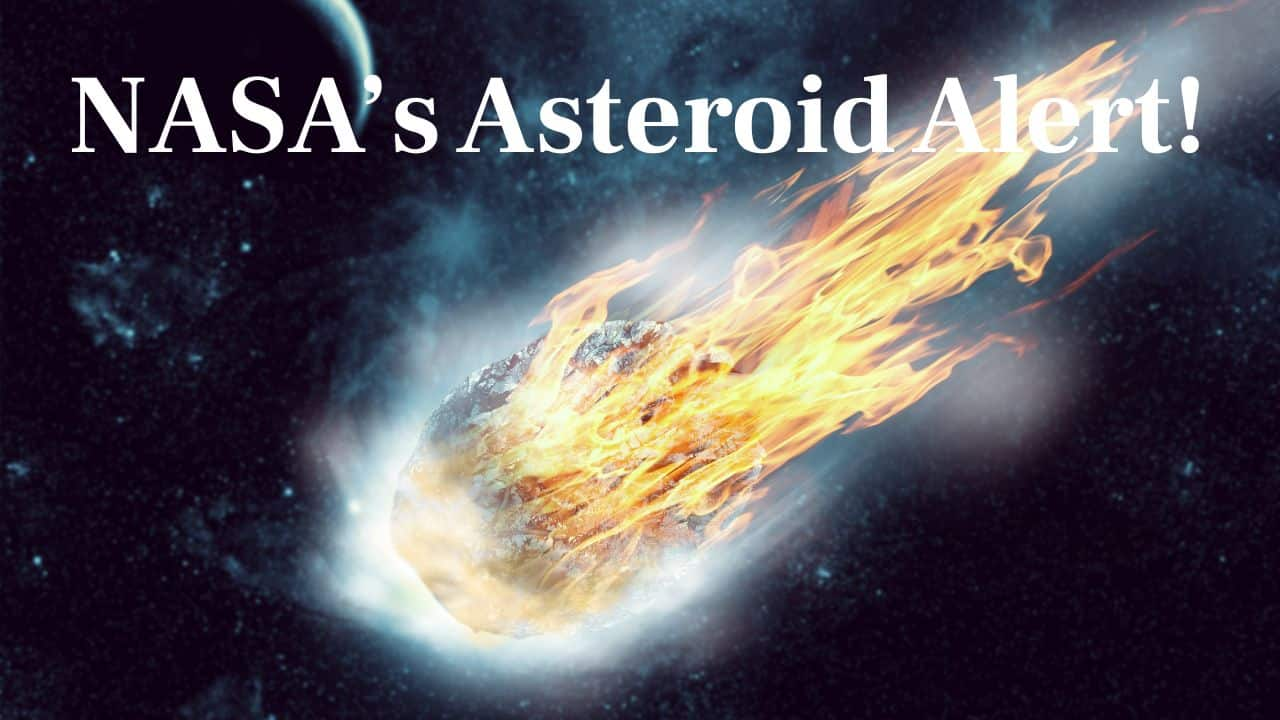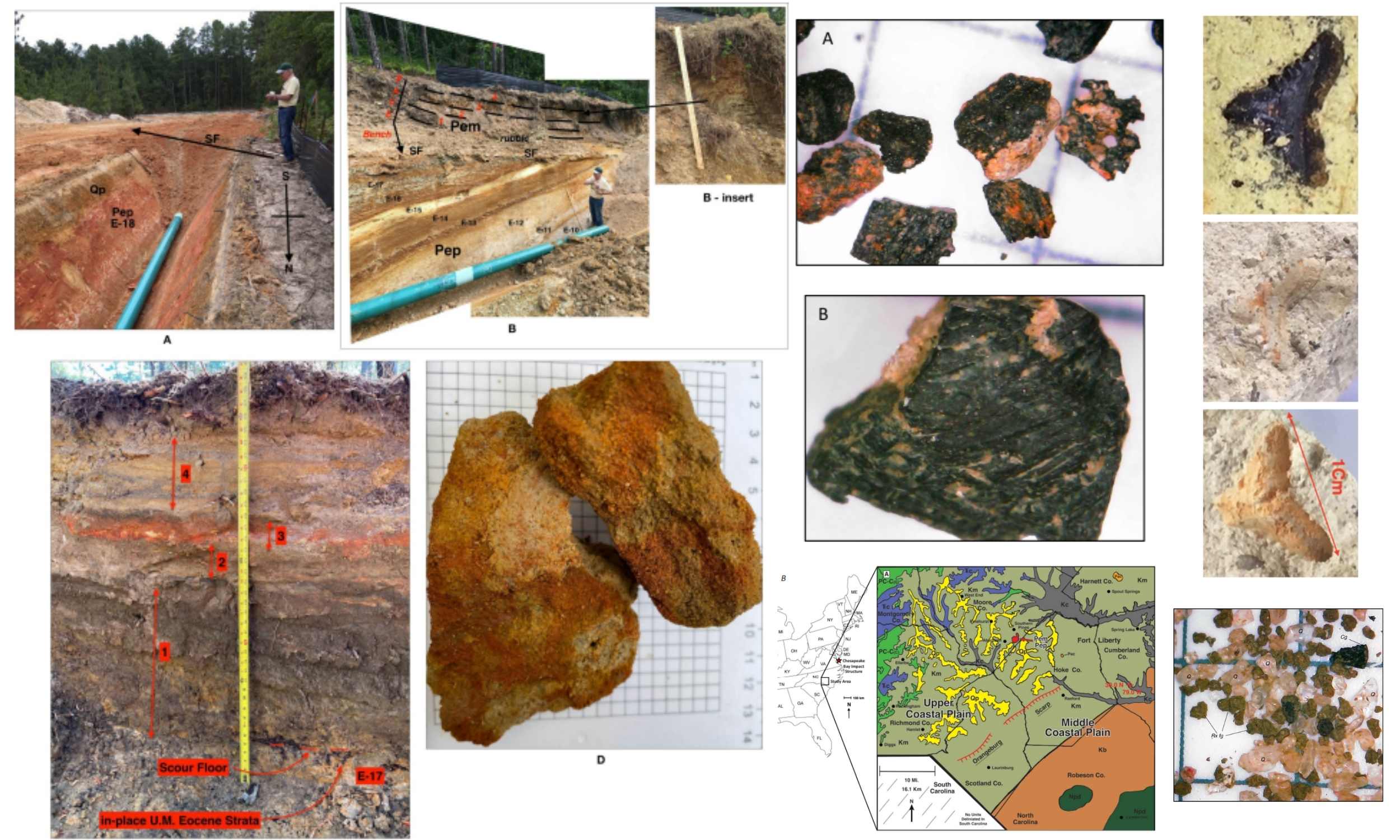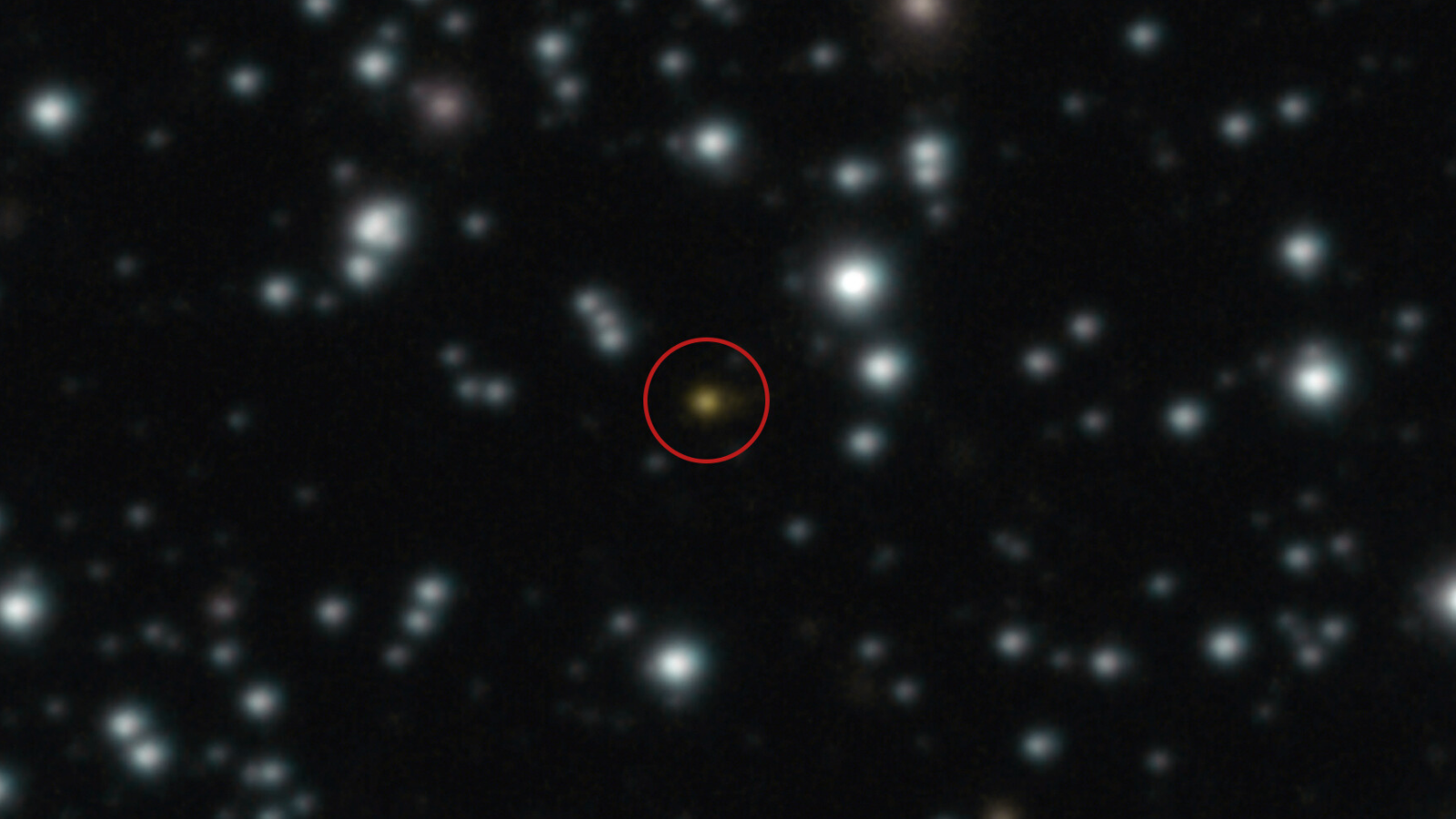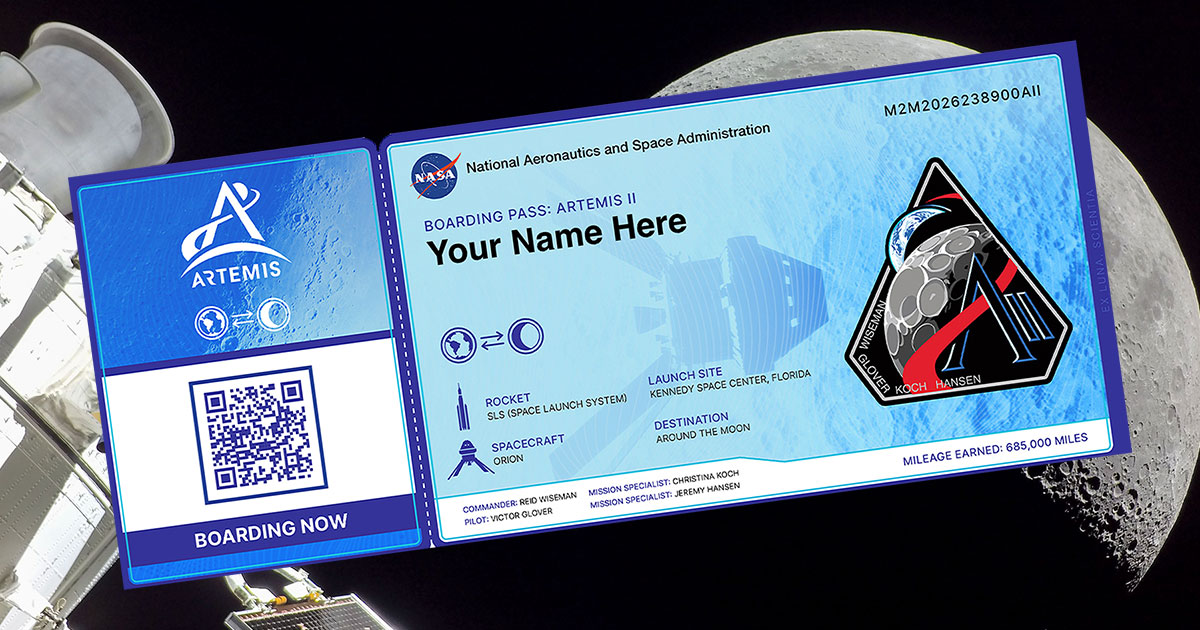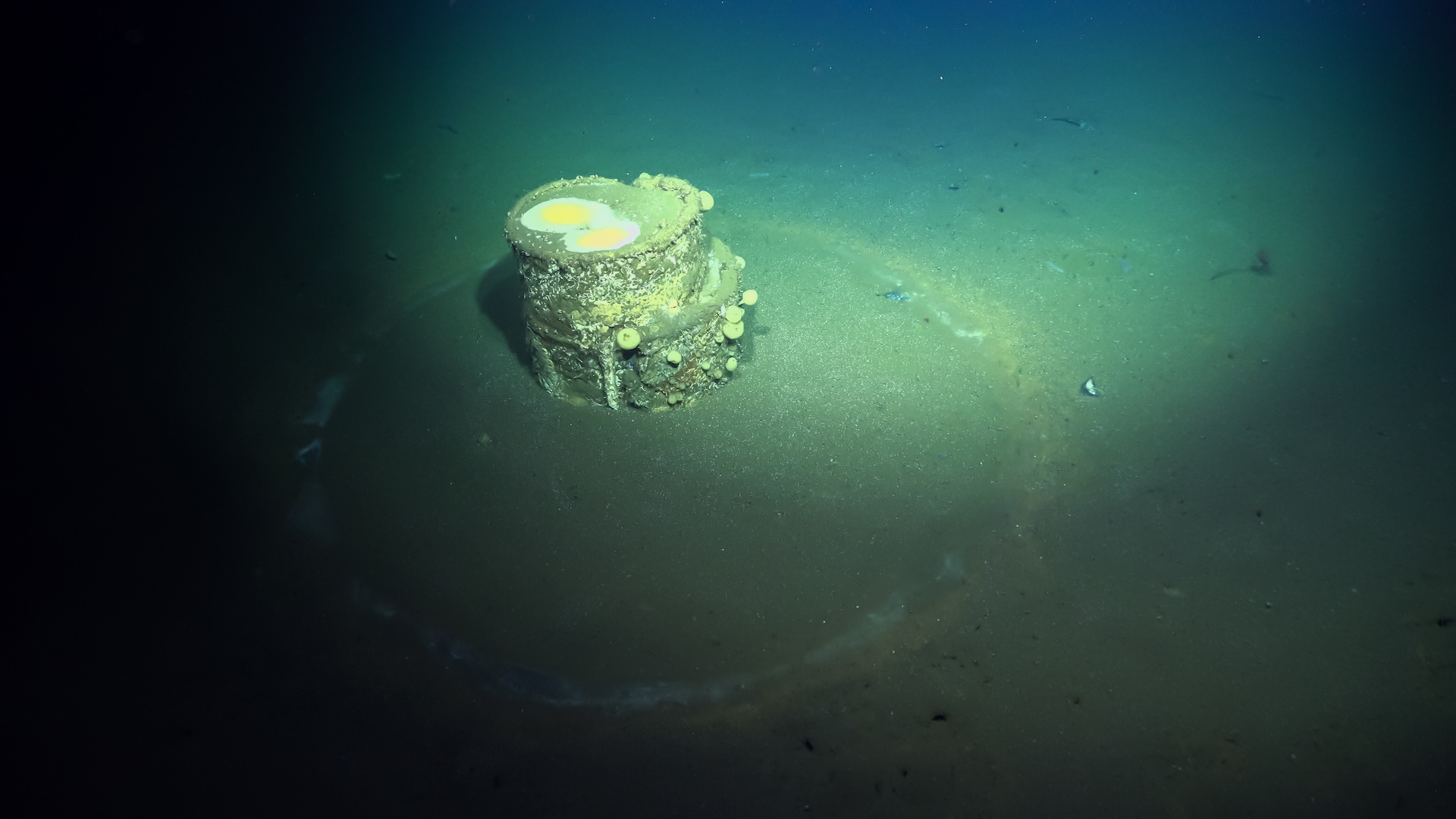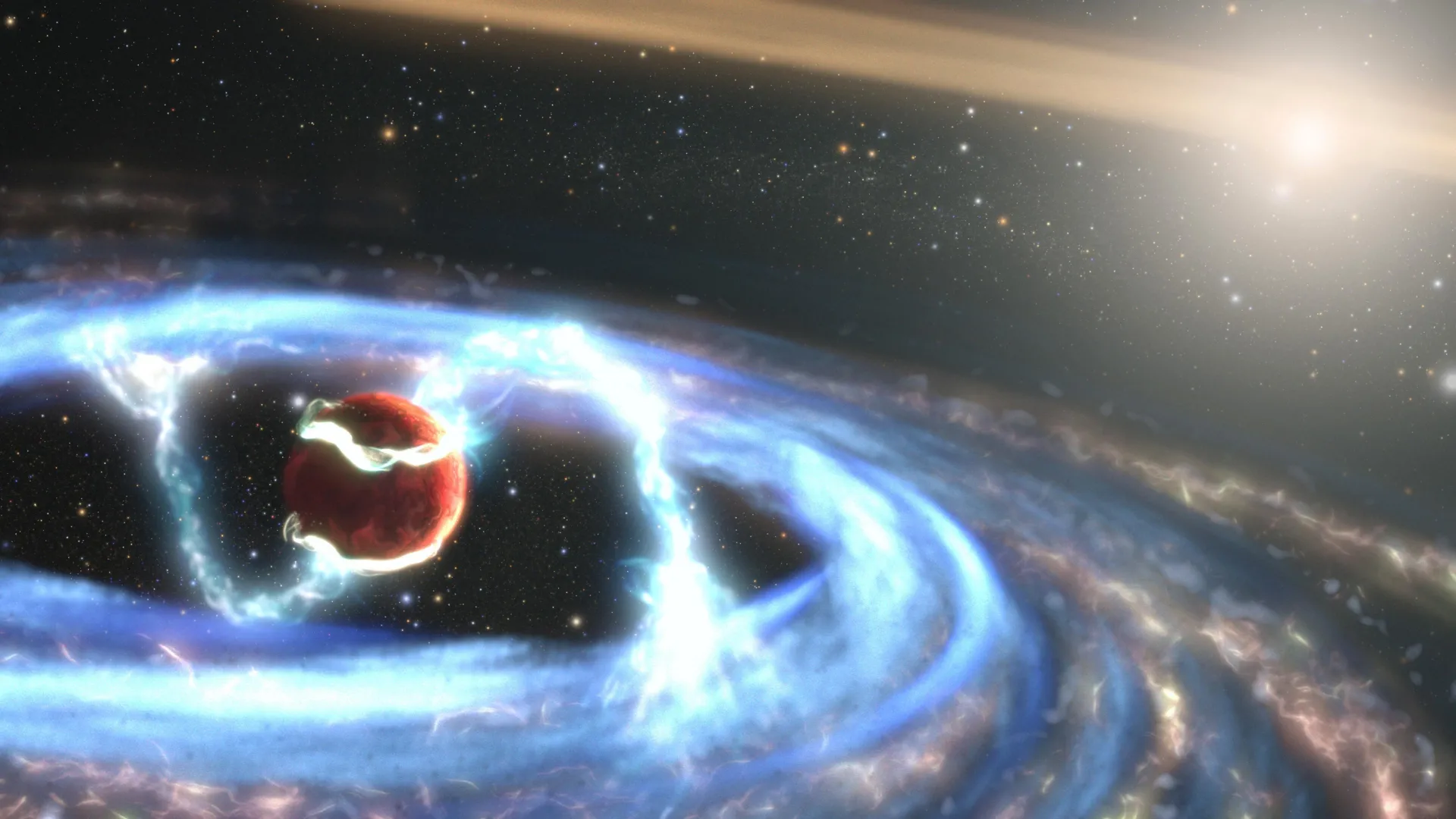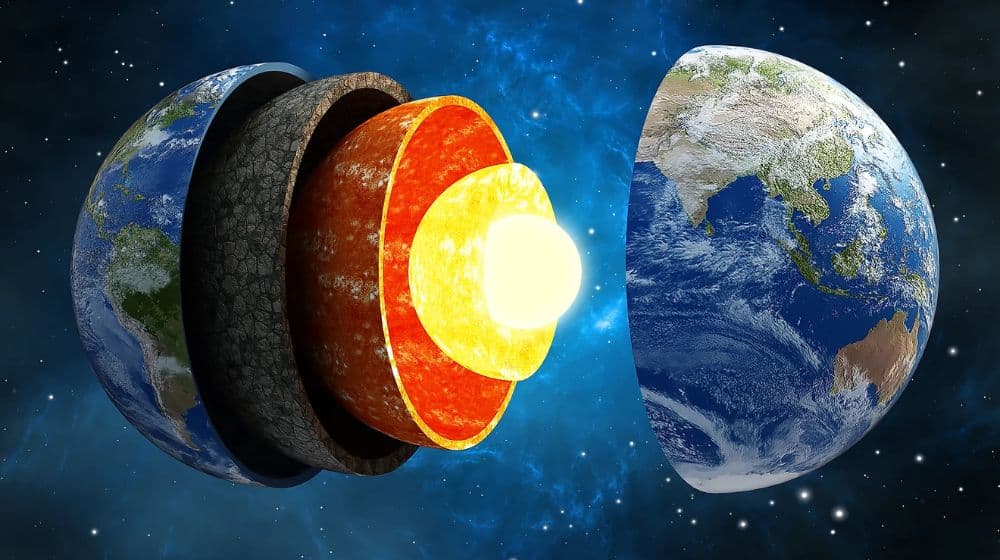NASA Just Discovered Gold That Could Make Everyone on Earth a Billionaire!

What if I told you that a single asteroid holds enough gold to transform every person on Earth into a billionaire? Welcome to the world of asteroid 16 Psyche, where NASA has uncovered a treasure trove of metals worth a jaw-dropping $700 quintillion!
According to reports from The Pulse, this metallic-rich body nestled in the asteroid belt is not just a shiny rock floating in space; it represents a staggering potential wealth that could rewrite humanity’s understanding of resources across the cosmos. But hold on—while the discovery has sparked a frenzy of excitement, the road to extracting these cosmic riches isn't quite as simple as it sounds.
The Mission to Explore Asteroid 16 Psyche
Launched in October 2023, NASA’s Psyche spacecraft is gearing up for a significant journey to uncover the secrets of this metal-filled wonder. Expected to arrive in 2029, the spacecraft's main mission isn't about mining but rather mapping and analyzing the asteroid’s structure and composition. This critical step aims to provide insights into the formation of planetary cores, shedding light on the building blocks of our solar system.
For context, NASA has identified over 1.3 million asteroids within our solar system, many of which are like hidden treasure chests filled with platinum, cobalt, and yes, gold. Psyche is thought to be a remnant of a failed planet—an asteroid holding onto the secrets of a planetary core, raising intriguing questions about how our solar system came to be and how resources are distributed within it.
Just think about it: the vast reserves within Asteroid Psyche could make everyone on Earth a billionaire, as highlighted by a viral tweet showcasing the immense wealth hidden in this celestial body. But before we start dreaming about our golden futures, let's dig deeper into the financial implications of asteroid mining.
The Financial Implications of Asteroid Mining
Back in 2019, astronomers caused a stir with projections that Psyche's metal reserves could be worth a mind-boggling $700 quintillion. Just imagine the frenzy if we could actually extract those metals! However, it’s not all glitz and glam; the technical hurdles are monumental. The costs of space travel, the complexities of mining in zero gravity, and the murky legal waters surrounding ownership rights of extraterrestrial materials present daunting challenges.
If we could successfully mine these asteroids, we might face an economic conundrum here on Earth. An influx of precious metals could lead to a devaluation, causing inflation and possibly destabilizing global markets. Moreover, the competition for these celestial riches could ignite geopolitical tensions as nations and private companies jockey for a leg up in the race for space resources.
Potential Risks and Rewards for Earth
Asteroids have captivated scientists for decades, not only for their potential to revolutionize industries but also for the role they’ve played in our planet’s history. Some experts theorize that asteroid impacts may have delivered crucial elements for life, such as water and carbon, making them not just potential hazards but also vital sources of raw materials for sustaining life.
For instance, take 2011 UW158, believed to contain $5.4 trillion worth of platinum—just one more example of the untapped wealth lurking in our solar system. Yet, with great cosmic power comes significant risk. The successful DART mission, which altered an asteroid's trajectory in 2022, serves as a stark reminder of the real dangers these celestial objects pose.
As we look toward the stars and consider the prospect of asteroid mining, we must tread carefully—balancing the potential riches with the responsibility of protecting our planet from future threats.












